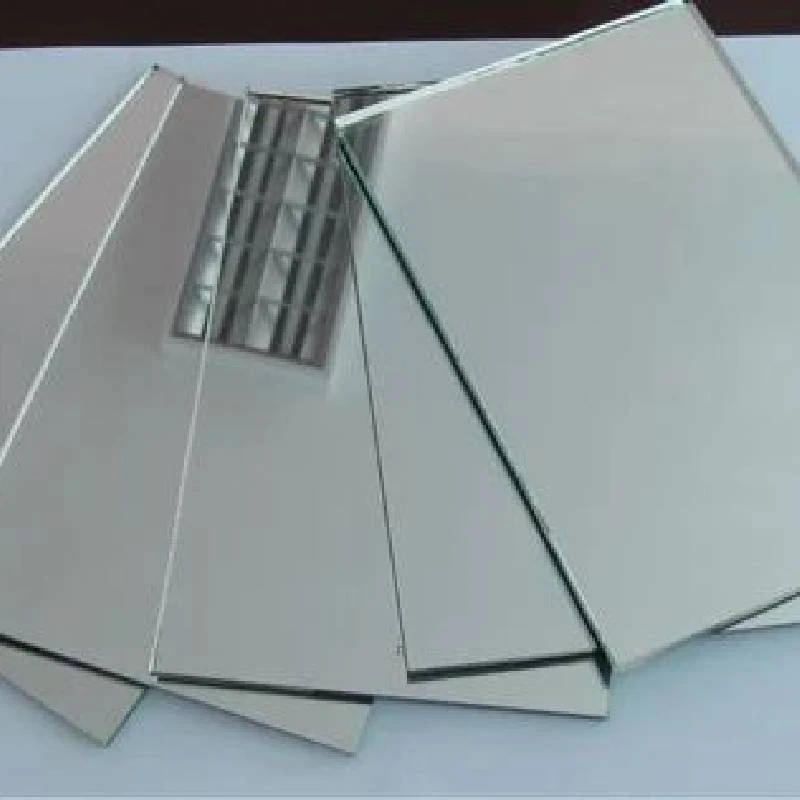

The Allure of the Silver-Backed Mirror A Reflection of Aesthetics and History
In the realm of interior design and aesthetics, mirrors have long been a staple accessory, serving not just a functional purpose but also adding an element of elegance and intrigue to any space. Among the various types of mirrors available, the silver-backed mirror stands out as a symbol of sophistication and timeless beauty. The unique reflective quality and classic appeal of silver-backed mirrors have captivated artists, designers, and homeowners alike. This article explores the significance, characteristics, and history of silver-backed mirrors, highlighting their continuing relevance in modern decor.
To truly appreciate silver-backed mirrors, one must first understand their construction. Traditionally, mirrors achieve their reflective quality through a glass pane coated with a layer of silver or other reflective metals. This silver backing not only enhances the mirror's reflective properties but also contributes to its aesthetic charm. The shine of silver gives these mirrors a brighter, more luminous appearance, which can instantly elevate a room's ambiance.
The Allure of the Silver-Backed Mirror A Reflection of Aesthetics and History
Historically, mirrors have held significant cultural value. In ancient Egypt, polished metals were initially utilized for reflection purposes, serving not merely as tools but also as symbols of power and wealth. As time progressed, the development of glass mirrors transformed the art of reflection. By the 16th century, silver-backed mirrors emerged in Europe, initially reserved for the affluent elite. Their production was a meticulous process, using silver leaf to create a smooth, reflective surface. It is this rich heritage that allows silver-backed mirrors to evoke a sense of grandeur reminiscent of opulent European palaces.

Beyond their aesthetic and historical significance, silver-backed mirrors possess the remarkable ability to manipulate space. They can create an illusion of depth, making smaller rooms appear more expansive and airy. Strategically placing mirrors in a room can enhance natural light, reflecting it throughout the space and minimizing shadows. As a result, they are frequently used in interior design not just for decorative purposes but also as a practical tool for altering perceptions of space.
In contemporary decor, the resurgence of vintage styles has brought silver-backed mirrors back into vogue. Designers often incorporate them into eclectic styles, pairing them with modern furnishings to create visual contrast and depth. The silver accent adds a touch of glamour that can elevate an otherwise simple arrangement. Retailers now offer a diverse range of silver-backed mirrors, from ornate vintage styles to minimalist modern designs, catering to varying tastes and preferences.
Furthermore, the emotional significance associated with mirrors cannot be overlooked. Mirrors have long served as reflective surfaces not only for appearance but for introspection. They prompt us to confront our own reflection, engaging us in a dialogue about identity and self-perception. In many cultures, mirrors hold spiritual connotations, believed to represent the soul or serve as portals to other realms. This multifaceted symbolism enriches the experience of having a silver-backed mirror in one’s home, as it transcends mere physicality to touch upon existential themes.
In conclusion, the silver-backed mirror is more than just a decorative item; it is a fusion of art, history, and functionality. Its ability to reflect light and enhance space makes it a valuable asset in interior design, while its elegant allure speaks to a timeless aesthetic. As we continue to explore and appreciate the intricacies of design, the silver-backed mirror will undoubtedly remain a cherished element, inviting both beauty and contemplation into our lives. Whether used in a modern loft or a traditional home, these mirrors serve as portals—not just to reflect our physical selves, but to evoke the deeper reflections of our aspirations, histories, and identities.